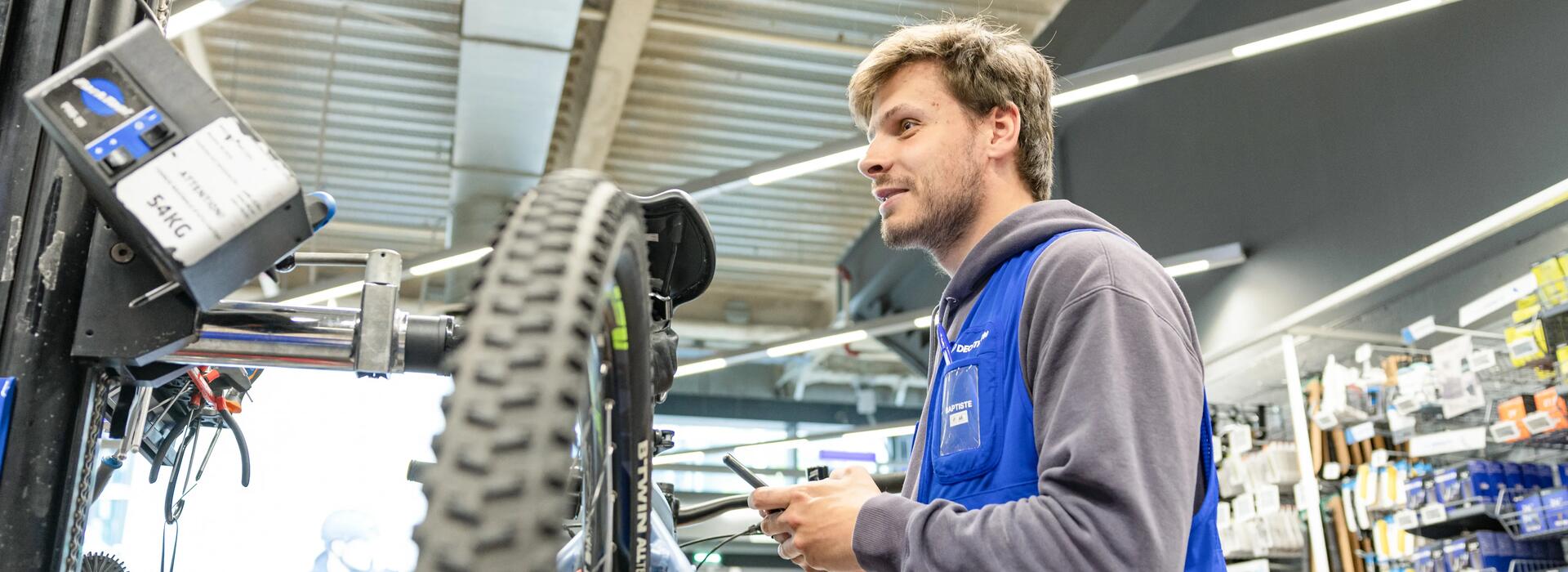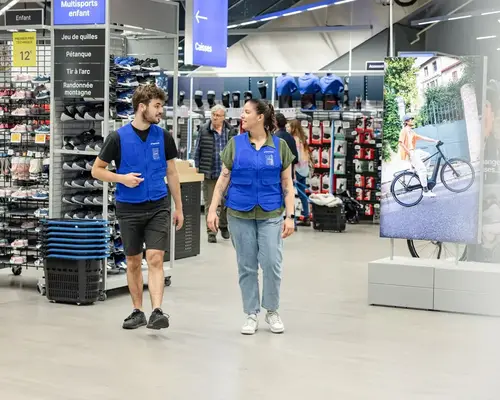What evaluation methodology does DECATHLON use?
DECATHLON has joined the PEF (Product Environmental Footprint) project launched by the European Commission in 2013, with the aim of developing an environmental assessment methodology that is harmonised with other market players. This project aims to define a harmonised life cycle assessment methodology at European level.
Today, the PEF (Product Environmental Footprint) method is the most scientifically mature and comprehensive environmental assessment method, taking into account 16 environmental indicators. It also presents an overall score aggregating all the indicators, weighted by other factors such as the product's durability and reparability.








